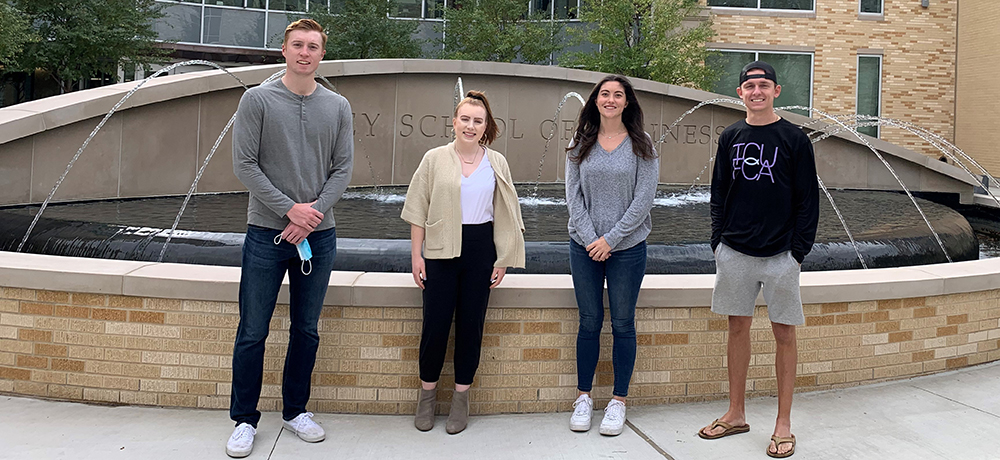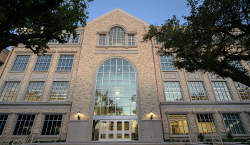Before people went to the polls, Neeley Fellows used business analytics to predict the outcome of the 2020 presidential election within two electoral votes. And they didn’t need a recount.
February 01, 2021
By Elaine Cole
In the midst of high tensions, uncertainty, hope, partisanship, tweets and non-stop news coverage, Neeley Fellows juniors in David Weltman’s business analytics class faced their own daunting task related to the 2020 presidential election: predicting the outcome.
Six teams of TCU juniors put their minds to work before election day using the business analytics methodology of Monte Carlo Analysis, a system used to understand how uncertainty influences business outcomes. In this case, the uncertainty was how the swing states would vote.

“The goal of the electoral college presidential prediction project was to give them an opportunity to apply a common business analytic method to a timely topic. It was an experiment to see how well Monte Carlo Analysis could be deployed to accurately predict electoral college results,” said Weltman, associate professor or professional practice in business information systems.
It worked very well. One team—Meredith Mistrot, Easton Tally, Bridger Tenney and Lauren Kelly—predicted that Joe Biden would win with 308 electoral votes. He received 306.
The teams were tasked too predict what percentage of each state’s population would vote blue and what percentage would vote red, and then use those percentages to predict where each state’s electoral votes would end up on election day, across many simulations. They used historical state voting data, polls, gambling data and their own subjective opinions.
The projections were due the day before the election.
“Remarkably, seven of the eight teams projected the Biden win between 291 and 332 electoral votes with a very high degree of confidence,” Weltman said.
“This project opened my eyes to the versatility of Monte Carlo Analysis and gave me a greater appreciation for everything we are learning in business analytics. I now see just how applicable it can be in the real world,” Meredith Mistrot said.
“It was interesting to research the different possible outcomes of the election. This was a big task to accomplish, but we put Monte Carlo Analysis to good use,” Bridger Tenney said.
In the end, the teams learned as much about the voting process as they did business analytics.
“I learned a lot about the election process, states’ voting tendencies, the complexity of predicting the election and the usefulness of Monte Carlo Analysis,” said Easton Tally.
“I enjoyed getting to take the knowledge I learned in the classroom and applying it to a real-world situation. I also gained more insight into the electoral college voting process overall. As a U.S. citizen, it is important to fully understand our political system,” said Lauren Kelly.

